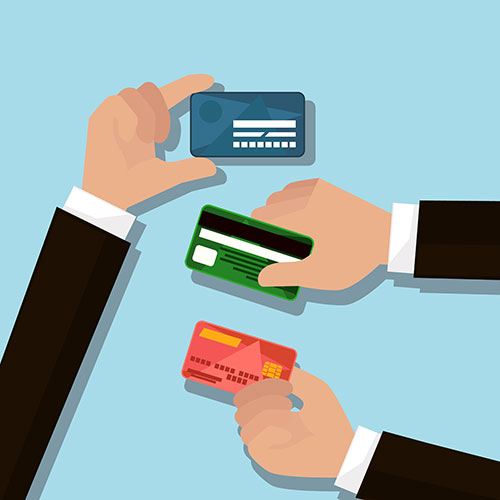Although they might appear similar, etching and etching vary in their approaches and end results. Recognizing these processes is essential for any company aiming to tailor glass items.
Laser engraving usages concentrated warmth to melt the micro surface of your material, producing recessed markings that withstand damages and can be reviewed under severe problems. It's ideal for things that need to be traceable, like industrial parts.
Looks
Etching and inscribing both develop sturdy, responsive layouts that stand out on the glass surface. They are perfect for projects that need a fine-tuned, sophisticated look.
Laser etching can be utilized to etch glass, however it needs a safety finish or guard to stop warmth damages to the glass. A specialized spray or finish is readily available for this objective and can be related to slim glass to lower fracturing or damages throughout the inscribing procedure.
It's likewise feasible to etch glass by hand utilizing a rotary tool. This method is lengthy and labor-intensive, however it can produce premium results when carried out correctly. Be sure to wear safety equipment like safety glasses and a respirator mask to shield on your own from dirt and debris. You can start by drawing your design on the glass with a marker, after that put the rotary tool and gradually follow your style to etch it into the glass. After the engraving is complete, delicately get rid of any kind of staying dust or residue.
Versatility
The inscribing procedure uses a vast array of applications for glass items. It is extremely versatile and can be used on various products and densities of glass. It is likewise very precise and generates thorough, high-contrast layouts on the glass surface. It can be used on both level and bent surface areas.
Glass engraving is a popular selection for glass items like wine bottles, architectural partitions, and spa style. It generates a soft and subtle design that is not as recognizable as etching, making it a superb choice for ambient aesthetic appeals.
To decrease heat stress and anxiety on slim glass, apply a safety product like concealing tape or a wet paper towel to the surface area prior to laser engraving. This soaks up and distributes laser energy to reduce local heating and prevent fracturing. Additionally, coating the glass with a light cleaning agent or dishwashing soap can also be a reliable pre-coating. Simply remember to cover just the laser-contacting face of the glass with these moisture-absorbing pre-treatments.
Toughness
Laser glass engraving creates deep, irreversible markings that are durable and visually striking. It's ideal for imaginative or light industrial objectives that need a polished appearance. Engraving requires exact and controlled handling of the glass to stop warm damage and fracturing. Thin or fragile glass can be a lot more vulnerable to the high-contrast results of laser engraving, making it vital to keep an eye on the process very closely for signs of getting too hot and breaking.
Etching uses a diamond-tipped tool to cut into the surface area of the glass, creating a distinctive mark that's less aesthetically striking than laser etching. It's a common selection for applications where a frosted result is chosen, such as decorative glass home windows and customized presents. Like laser engraving, etching is extremely accurate and suitable for logos and various other detailed images. Evergreen Glass uses advanced laser equipment adjusted for optimal efficiency to achieve etching and etching with exceptional accuracy. For added comfort, our machines include integrated security attributes that guarantee secure operation.
Expense
Glass etching involves using chemical remedies to produce a layout. While this technique is not as exact and efficient as laser etching, it is still an exceptional choice for artisanal glasswork, which can be a terrific means to elevate an unique occasion gift or celebratory piece.
For the benefits of engraved glass very best outcomes, it is essential to check a sample piece of glass prior to applying any type of etching lotions. Different kinds of glass might react in a different way to the chemicals. Some will certainly etch extremely promptly while others might take much longer. In many cases, a piece of glass may also fail to etch in any way!
Laser inscribing involves using a computer-guided system, generally referred to as a CNC (Computer System Numerical Control) equipment, to direct a focused laser light beam at the surface area of the glass. This process needs a top-level of technical skill and imagination. It is a reliable way to etch complex patterns on large projects with high levels of accuracy.
